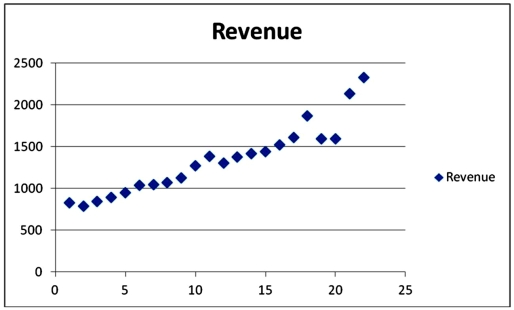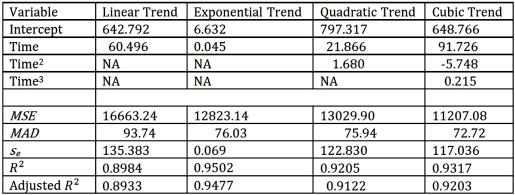Exhibit 18.3.The following table shows the annual revenues (in millions of dollars) of a pharmaceutical company over the period 1990-2011. 
 Excel scatterplot shown above indicates that the annual revenues have an increasing trend.Therefore,linear,exponential,quadratic and cubic models were used to fit the trend,and the following relevant information became available after applying linear regression.
Excel scatterplot shown above indicates that the annual revenues have an increasing trend.Therefore,linear,exponential,quadratic and cubic models were used to fit the trend,and the following relevant information became available after applying linear regression.  Refer to Exhibit 18.3.What is a linear trend equation?
Refer to Exhibit 18.3.What is a linear trend equation?
Definitions:
Team Dynamics
The behavioral relationships and processes that influence the direction and performance of a team.
Cohesiveness
The quality of forming a united whole or working together in a cohesive and coordinated manner to achieve shared goals.
Explicit Ground Rules
Clearly defined and communicated guidelines or policies intended to set expectations and govern behavior in a specific context.
Outcomes
The results or effects produced by an action, process, or operation, often measured to assess effectiveness.
Q24: The standard error of the estimate measures<br>A)the
Q30: The Laspeyres and Paasche indices tend to
Q31: One criticism of the official U.S.measure of
Q43: Exhibit 17.8.A realtor wants to predict and
Q54: If the price index for a particular
Q58: For the model y = β<sub>0</sub> +
Q64: Which of the following is not true
Q90: Exhibit 17.3.Consider the regression model, Humidity =
Q100: Under which of the following conditions is
Q106: Exhibit 17.8.A realtor wants to predict and